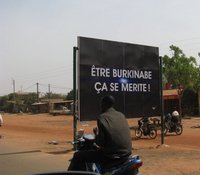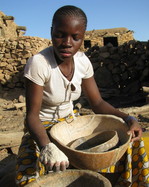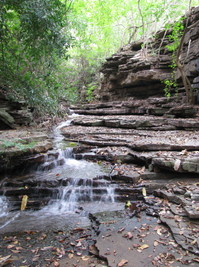End of the road (for now)
Leave a Comment Another day, another border crossing. More friendly and efficient people doing our paperwork with the minimum of fuss and a welcoming smile. We were used to this by now – but this one was different. This was the last border we’d cross – Ghana was the end of the trip. We were running late, too: due at our friends’ house on the coast for Christmas, and only a couple of days to get there.
Another day, another border crossing. More friendly and efficient people doing our paperwork with the minimum of fuss and a welcoming smile. We were used to this by now – but this one was different. This was the last border we’d cross – Ghana was the end of the trip. We were running late, too: due at our friends’ house on the coast for Christmas, and only a couple of days to get there.
 We’d only come a couple of hours from Ouagadougou – but somehow crossing the border really did seem to change things. There were private cars on the roads, not just scooters and buses. Villages were full of modern-looking buildings made of cinder blocks and tin rather than mud and straw. People’s clothes were different – those Francophone West Africans really know how to dress. The bread was suddenly square, white and sliced rather than long, thin and pointy. And strangest of all, they seemed to be speaking some funny language we didn’t quite recognise – although it certainly did seem familiar …
We’d only come a couple of hours from Ouagadougou – but somehow crossing the border really did seem to change things. There were private cars on the roads, not just scooters and buses. Villages were full of modern-looking buildings made of cinder blocks and tin rather than mud and straw. People’s clothes were different – those Francophone West Africans really know how to dress. The bread was suddenly square, white and sliced rather than long, thin and pointy. And strangest of all, they seemed to be speaking some funny language we didn’t quite recognise – although it certainly did seem familiar …



















